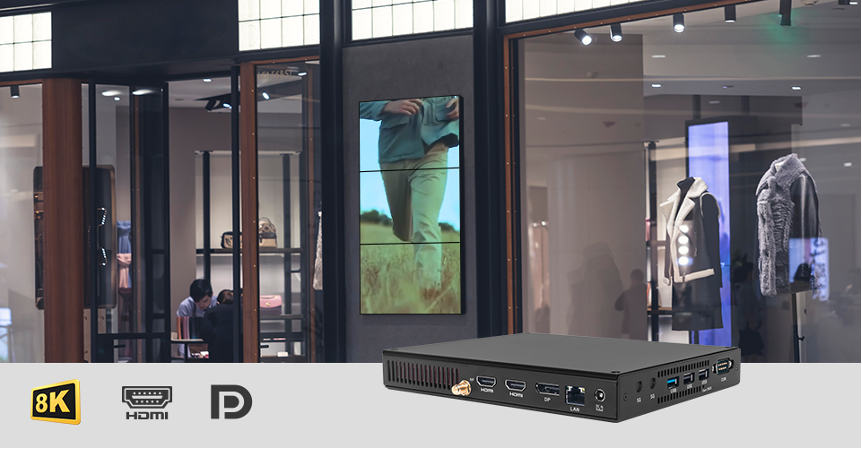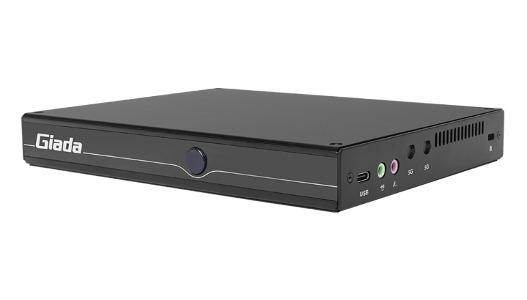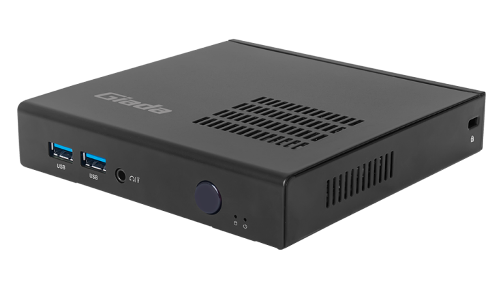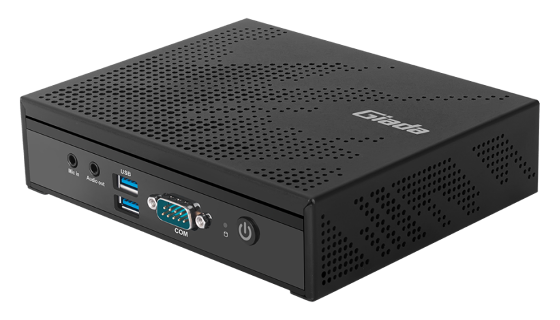
The marketing world has come to a mature age when one can not only get the information from the papers stuffed to you but can actively wave a hand to the robot at the supermarket for coupons and information while watching digital videos when sitting for a rest. Those are the moment when digital signage players come into play. Digital videos carrying seas of information can transmit to the widest range of people in a short period of time.
However, can the consumer PC play the same role? Why digital signage players can be leveraged in the commercial area, while consumer PCs deal only with the office stuff. If you have the same question about it, this passage will offer you some clues.
Table of Contents
Basic Information of Digital Signage Players
Generally speaking, the digital signage player is a physical device that aims to play content on the screen. To ensure its smooth operation, they should work with a LCD screen and the digital signage content management system(CMS) for managing the screen content and tackling the technical problems remotely. They are constantly seen at the markets and on the streets.
While for the consumer PC, most of them can handle daily business or office works like processing meetings and making charts. Consumer PC is a must-have tool second only to mobile phone for an adult. Here the differences between the two.
Digital Signage Players VS Consumer PC
Typically, they are different in purpose and design.
1. Purpose
Consumer PC can be used in families, and daily office works. Some of them can process high-speed algorithms, bulk storage, and other complex business. But even the high-performance consumer PC can not withstand the buzzing commercial world. But digital signage players, a type of embedded computer, can work in harsh environments, like tricky placing spots with complex wiring and dust, that will cost a lot in maintenance and replacement. Besides, they can withstand 24/7 long-time work.
2. Design
The most salient difference lies in the fanless design of the players. The design is to avoid dust from entering and lower maintenance fees. The consumer PC, on the other hand, adopts a fan inside to avoid overheating, but it also means constant cleaning and careful working to avoid the “Blue screen of Death.”
Besides, digital signage players or embedded computers are sturdy and tough, available to resist constant vibrations, given their integrated construction and configuration.

Why the Commercial Market Say NO to Consumer PC
Their disparity is the explicit reason; the lying reason lies in the fact that consumer PC has many redundant functions. Besides, consumer PC has a shorter lifespan due to the rapid update rate in the consumer PC market.
However, the commercial markets require physical devices that can work for a long time since the renewal and maintenance cost for the embedded computers is considerable. They prefer bulk purchasing after those devices are EOL (end of life). And digital signage players enjoy a stabler supply, avoiding lots of trouble for devices renewing.
Digital Signage Players for Recommendation
As the leading global provider of digital signage players, edge computers, OPS/SDM, and embedded motherboards, Giada’s advanced digital signage players have received positive market responses. Here are some recommendations.
D611

i. High performance
Giada has forged a sturdy cooperation with Intel, the provider of advanced chips. D611 adopts Intel® 11th Gen. Tiger Lake Processors, which is the reason for its high performance. Furthermore, it has a faster single-thread performance of up to 23% and a multi-thread performance of 19% compared to the CPU of the last generation.
ii. High resolution
It is an 8K media player, supporting an ultra-high resolution in displaying. And for the playback, the resolution can also reach 4K.
iii. 5G mobile network supporting
The rapid network allows low latency, which can provide a higher-quality display.
DK310

i. Advanced processors
DK310, a 4K media player adopts Intel Elkhart Lake Processors, making it more compact and slim. Besides, it boasts a long life cycle and better thread performance.
ii. Dual 4K video playback
The processors also support up to 2X performance improvement in graphics over the previous generation, thus allowing vivid display.
VM27

i. Intel® Elkhart Lake Processors
The digital signage player Giada VM27 is powered by Intel® Elkhart Lake Processors to ensure stable operations even in harsh environments.
ii. Dustproof and quite working
VM27 has a passive thermal cooling system working with a fanless design, and the special design can reduce the noise and damage rate.
Conclusion
The marketing world driven by the short-video trend requires high-end digital signage players. And to choose the suitable one for your business, you can visit Giada’s website.